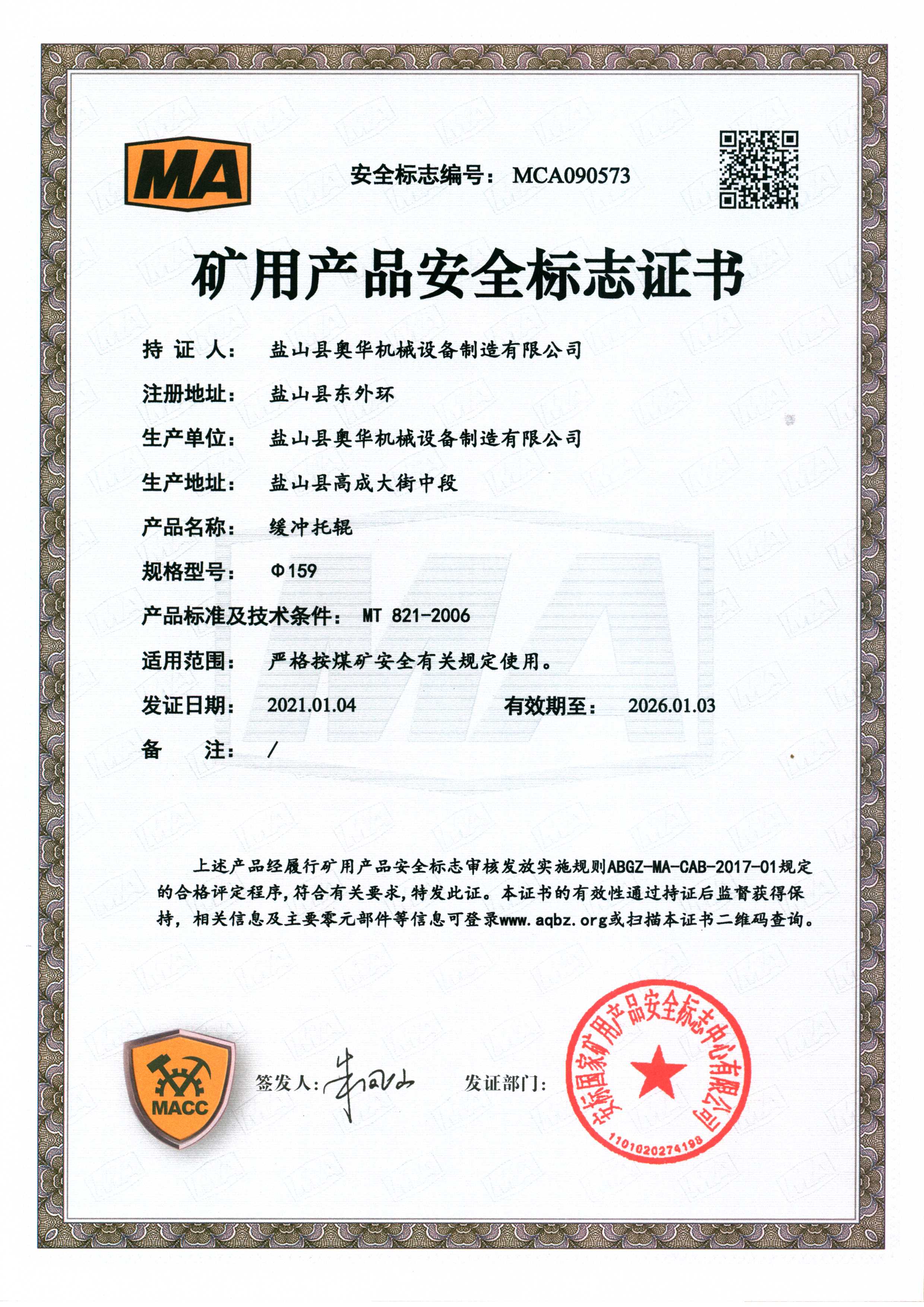 Afrikaans
Afrikaans  Albanian
Albanian  Amharic
Amharic  Arabic
Arabic  Armenian
Armenian  Azerbaijani
Azerbaijani  Basque
Basque  Belarusian
Belarusian  Bengali
Bengali  Bosnian
Bosnian  Bulgarian
Bulgarian  Catalan
Catalan  Cebuano
Cebuano  Corsican
Corsican  Croatian
Croatian  Czech
Czech  Danish
Danish  Dutch
Dutch  English
English  Esperanto
Esperanto  Estonian
Estonian  Finnish
Finnish  French
French  Frisian
Frisian  Galician
Galician  Georgian
Georgian  German
German  Greek
Greek  Gujarati
Gujarati  Haitian Creole
Haitian Creole  hausa
hausa  hawaiian
hawaiian  Hebrew
Hebrew  Hindi
Hindi  Miao
Miao  Hungarian
Hungarian  Icelandic
Icelandic  igbo
igbo  Indonesian
Indonesian  irish
irish  Italian
Italian  Japanese
Japanese  Javanese
Javanese  Kannada
Kannada  kazakh
kazakh  Khmer
Khmer  Rwandese
Rwandese  Korean
Korean  Kurdish
Kurdish  Kyrgyz
Kyrgyz  Lao
Lao  Latin
Latin  Latvian
Latvian  Lithuanian
Lithuanian  Luxembourgish
Luxembourgish  Macedonian
Macedonian  Malgashi
Malgashi  Malay
Malay  Malayalam
Malayalam  Maltese
Maltese  Maori
Maori  Marathi
Marathi  Mongolian
Mongolian  Myanmar
Myanmar  Nepali
Nepali  Norwegian
Norwegian  Norwegian
Norwegian  Occitan
Occitan  Pashto
Pashto  Persian
Persian  Polish
Polish  Portuguese
Portuguese  Punjabi
Punjabi  Romanian
Romanian  Russian
Russian  Samoan
Samoan  Scottish Gaelic
Scottish Gaelic  Serbian
Serbian  Sesotho
Sesotho  Shona
Shona  Sindhi
Sindhi  Sinhala
Sinhala  Slovak
Slovak  Slovenian
Slovenian  Somali
Somali  Spanish
Spanish  Sundanese
Sundanese  Swahili
Swahili  Swedish
Swedish  Tagalog
Tagalog  Tajik
Tajik  Tamil
Tamil  Tatar
Tatar  Telugu
Telugu  Thai
Thai  Turkish
Turkish  Turkmen
Turkmen  Ukrainian
Ukrainian  Urdu
Urdu  Uighur
Uighur  Uzbek
Uzbek  Vietnamese
Vietnamese  Welsh
Welsh  Bantu
Bantu  Yiddish
Yiddish  Yoruba
Yoruba  Zulu
Zulu idler in conveyor belt
The Role of Idlers in Conveyor Belt Systems
Conveyor belts are integral components of modern industries, facilitating the efficient movement of materials across various processes. Among the many components that contribute to the functionality of a conveyor belt system, idlers hold a crucial position. These cylindrical rollers support the belt and material load, providing stability, reducing friction, and enhancing the overall efficiency of the system. Understanding the function and significance of idlers in conveyor belt systems is essential for optimizing performance in various applications, such as mining, manufacturing, and logistics.
What are Idlers?
Idlers are unpowered rollers positioned along the path of a conveyor belt. They are critical for maintaining the intended alignment of the belt while supporting the material that is being transported. Typically, idlers are made from durable materials such as steel or plastic and come in various designs suited for different applications. Whether they are troughing idlers, return idlers, or impact idlers, their primary function is to ensure that the conveyor belt operates smoothly and efficiently.
Types of Idlers
1. Troughing Idlers These are designed to form a trough shape to securely contain materials on the belt. Troughing idlers typically come in sets of three rollers and are strategically placed along the conveyor to maintain the belt's structure while allowing for an effective load-bearing capacity.
2. Return Idlers These rollers are located on the underside of the conveyor belt. Their role is to support the belt as it returns to the loading point, minimizing friction and potential wear on the belt. Return idlers also help in maintaining the stability of the belt and ensure that it does not sag excessively.
3. Impact Idlers Positioned at areas where materials are loaded onto the conveyor belt, impact idlers absorb the shock and impact forces from falling materials. This helps to protect both the belt and the frame of the conveyor system. Properly placed impact idlers can significantly extend the lifespan of the conveyor belt by reducing the wear and tear caused by heavy loads.
idler in conveyor belt

Benefits of Idlers in Conveyor Systems
The benefits of idlers in conveyor belt systems extend beyond merely supporting the belt. Here are some of the key advantages
- Reduced Friction Idlers significantly reduce the friction between the belt and the conveyor frame, which minimizes energy consumption. Less friction means that the system requires less power to operate, thereby contributing to lower operational costs.
- Increased Lifespan of the Belt By providing support and alignment, idlers help prevent premature wear and damage to the conveyor belt. This elongates the service life of both the idlers and the belt, leading to fewer replacements and maintenance interruptions.
- Enhanced Safety Properly functioning idlers contribute to the overall safety of the conveyor system. A misaligned belt can lead to spills and accidents, while effective idler support minimizes these risks by maintaining proper belt tracking.
- Versatility Idlers can be designed to accommodate a range of applications and loads. Their adaptability makes them suitable for various industries, including mining, where heavy materials are transported, and food processing, where hygiene is paramount.
Conclusion
Idlers are a fundamental component of conveyor belt systems, playing a pivotal role in ensuring their efficiency, safety, and longevity. By understanding the different types and functions of idlers, industries can better maintain their conveyor systems, optimize operations, and reduce costs. As technology advances, innovations in idler design and materials will continue to enhance the reliability and efficiency of conveyor systems, further solidifying their importance in modern industrial processes. As businesses strive for efficiency and cost-effectiveness, investing in high-quality idlers will undoubtedly pay off in the long run.
-
Revolutionizing Conveyor Reliability with Advanced Rubber Lagging PulleysNewsJul.22,2025
-
Powering Precision and Durability with Expert Manufacturers of Conveyor ComponentsNewsJul.22,2025
-
Optimizing Conveyor Systems with Advanced Conveyor AccessoriesNewsJul.22,2025
-
Maximize Conveyor Efficiency with Quality Conveyor Idler PulleysNewsJul.22,2025
-
Future-Proof Your Conveyor System with High-Performance Polyurethane RollerNewsJul.22,2025
-
Driving Efficiency Forward with Quality Idlers and RollersNewsJul.22,2025





























